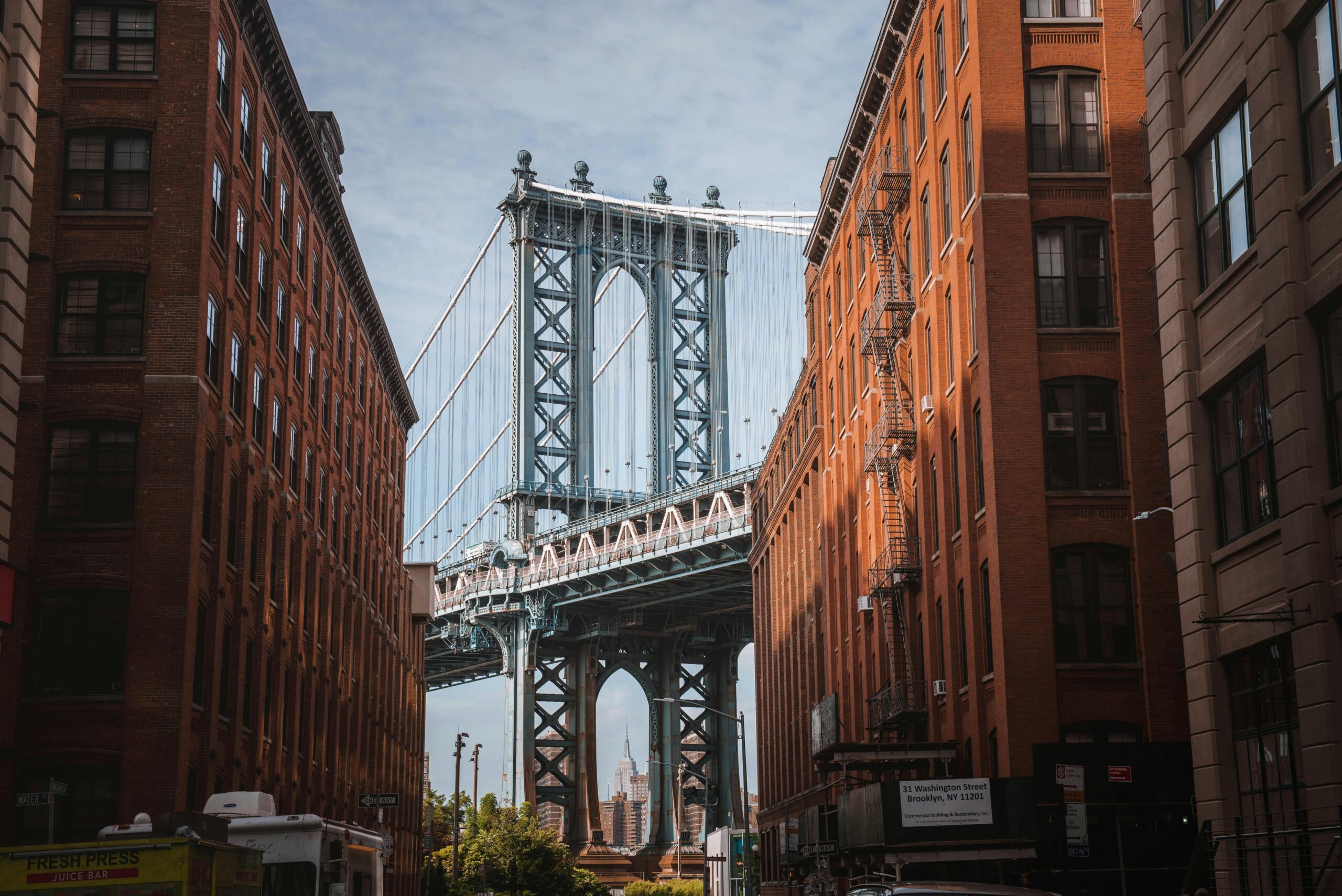Zohran Mamdani’s stunning rise to become New York City’s next mayor has sent shockwaves through the real estate and financial sectors. A democratic socialist with a platform centered on aggressive affordability reforms, Mamdani represents a major departure from decades of mayoral administrations that leaned heavily on private developers to drive housing production. His victory signals that voters want a new direction, but it has also triggered unease among many real estate executives who fear his policies could upend the industry.
A Bold Progressive Mandate
Throughout his campaign, Mamdani pushed for transformative measures: a rent freeze on the city’s roughly one million rent-stabilized units, a path toward a $30 minimum wage, and higher taxes for high earners. His message resonated deeply with renters, working-class residents, and young voters frustrated with an increasingly unaffordable city.
Although Mamdani cannot directly dictate rents, he can influence them by appointing members to the Rent Guidelines Board, the entity responsible for setting annual rent increases for stabilized apartments. His promise to appoint members who support a freeze is one of the real estate industry’s greatest concerns.
Investors and analysts have already flagged the possible consequences of a prolonged rent freeze: shrinking margins for landlords, reduced operating income, and higher default risks for buildings with large rent-regulated portfolios. Many landlords argue that expenses, from insurance and property taxes to maintenance and labor, continue to rise even when rents are capped. The fear is that regulation-heavy policies could destabilize older buildings and suppress new construction.
Real Estate and Wall Street Push Back
Some of the industry’s most prominent figures have spoken out in unusually blunt terms. One billionaire real estate CEO compared Mamdani’s rent freeze proposal to a slow-moving crisis, warning that if tenants cannot be evicted for nonpayment and rent increases remain frozen, owners could face “impossible economics.” He claimed that New York risks mirroring overcrowded housing markets in other developing cities if strict rent regulations are layered on top of rising operating costs.
Other executives have pointed to labor costs, particularly those tied to powerful building trade unions, arguing that construction and renovation expenses have surged in recent years. They say these increases, paired with stalled rental income, could discourage development.
Several prominent business leaders have even floated the idea of shifting investments to other states if the city becomes hostile to private capital. While most are unlikely to fully abandon New York, the rhetoric underscores a growing anxiety about the city’s future economic direction.
A Mixed Reaction Among Industry Insiders
Not everyone in the business community is preparing for confrontation. Some leaders in lending, construction, and property management have instead adopted a cautious but collaborative tone.
One private commercial real estate lender expressed openness to working with Mamdani, noting that developers and policymakers need to “strategize together” to ensure that the city remains livable and economically viable. He emphasized that affordability initiatives and real estate investment do not need to be mutually exclusive.
Similarly, the head of a prominent New York business coalition acknowledged that while the real estate sector is uneasy, Mamdani has taken the time to meet with executives and signal that he is not opposed to development outright. She noted that he appears committed to building more housing, a goal the industry shares, even if his framework differs from what developers are accustomed to.
These gestures have been encouraging for some owners and investors who hope that pragmatic dialogue will prevail over ideological conflict.
Market Reactions: A Harbinger of What’s Ahead?
Financial markets reacted swiftly to Mamdani’s rise. Banks with significant exposure to rent-stabilized and multifamily loans saw their stocks dip as investors priced in regulatory risk. Real estate investment trusts with large New York portfolios also declined. Analysts warned that rent freezes could limit landlords’ ability to service their debt, potentially raising risks for lenders.
Market jitters intensified as Mamdani expanded his lead in the polls earlier in the year. For some investors, his victory reaffirmed long-standing concerns about New York’s regulatory climate. For others, it signaled an opportunity for a reset, a chance to rethink how the city balances affordability with growth.
A New Era of Political and Economic Tension
Mamdani’s challenge now is translating campaign promises into actionable policy while managing pushback from a powerful real estate industry. His agenda is ambitious, but its success will depend on cooperation with multiple stakeholders: building owners, labor leaders, financial institutions, and state lawmakers.
Some aspects of his vision, like changing tax structures or implementing certain wage mandates, may require approval from the New York State Legislature. That adds another layer of complexity, as state leaders do not always align with New York City’s political trends.
Meanwhile, developers warn that heavy-handed policies could slow construction precisely when the city needs more housing. New York requires tens of thousands of new units per year to keep pace with population and demand, and that goal becomes harder to reach if investors lose confidence.
Why Some Real Estate Leaders Haven’t Given Up
Despite the vocal criticism, many real estate professionals have not abandoned hope for productive collaboration. A number of executives say they are willing to adjust to new regulatory priorities if Mamdani’s administration maintains open communication and acknowledges the financial realities builders face.
Some believe that Mamdani’s focus on affordability could create opportunities for partnerships around mixed-income housing, adaptive reuse of commercial properties, or publicly supported developments. Others point out that even progressive leaders eventually face the same math: New York needs more housing, and private developers still build most of it.
If the mayor-elect can harness industry expertise while pursuing his affordability goals, the result could be a pragmatic, though imperfect, balance.

A Crossroads for New York’s Housing Future
Zohran Mamdani’s election marks a turning point for New York City. His administration will be the first in decades to directly challenge the foundational assumptions of the city’s real estate market. For tenants, his policies offer hope for stability and relief in a housing landscape that often feels untenable. For owners and developers, they represent uncertainty and potential financial strain.
The coming years will reveal whether Mamdani’s progressive vision can coexist with the economic engines that have shaped modern New York. His willingness to meet with industry leaders suggests he understands the importance of dialogue, but dialogue alone cannot resolve issues as complex and deeply rooted as New York’s housing crisis.
What is clear is that both sides, the mayor-elect and the industry he hopes to reform, have a shared interest in the city’s long-term success. Whether they can find enough common ground to work together may define the next chapter of New York’s housing story.






